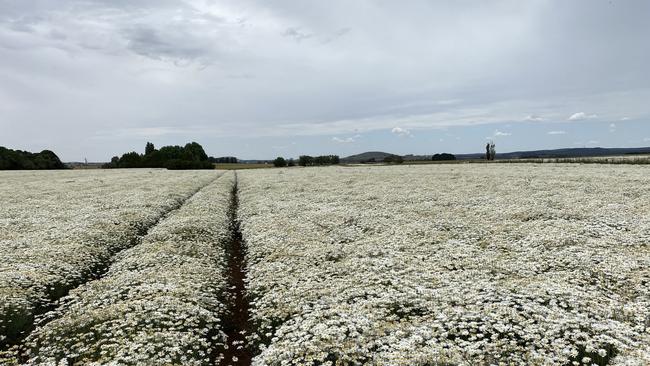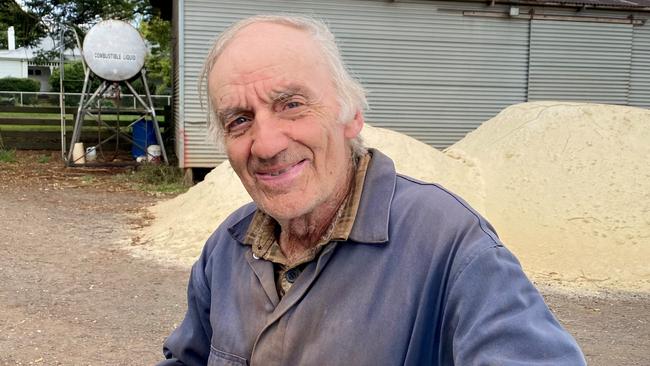Growers needed to meet demand for natural insecticides
Victoria and Tasmania have become world-leading producers of the natural insecticide pyrethrum. But now they need more growers to meet demand.
As the popularity of natural insecticides grows, Victoria and Tasmania have positioned themselves as world leading producers of an active ingredient in popular products.
Now Botanical Resources Australia – which produces 80 per cent of the world’s pyrethrin-based insecticides – is hoping to more than double the production of the active ingredient in Victoria and is on the hunt for more farmers to grow the crop.
Pyrethrum daisies – the plant that produces the active insecticide ingredient – achieved record yields in Victoria this season, and BRA is hoping to increase production in the state from 380ha to 1000ha.

“In the last three or four years (demand for pyrethrin) has grown by as much as 40 per cent,” BRA pyrethrum production manager Mark Raspin said.
According to market research group Markets and Research, the global pyrethrin market was worth US$235.35 million (AU$318.49 million) in 2019 and is projected to reach US$353.53 million (AU$478.4 million) by 2027.
In Australia, the company’s biggest sales increases have been driven by home gardeners seeking out natural insecticide alternatives, Mr Raspin said.
“Consumers are more educated now and they’re staying away from the synthetic (insecticide) products,” he said.
Pyrethrum takes 16-18 months to produce flowers and is well suited to areas with about 600mm of average annual rainfall and mild temperatures.
It grows particularly well in the nutrient-rich soils around Ballarat, and returns compare favourably to traditional crops grown in the area like potatoes, Mr Raspin said. A 2021 trial of the crop near Colac also performed well.
This year some crops in the Ballarat area were damaged by flooding and hail in early January, but largely managed to withstand the downpour.
“Our crop is hardy, and we seem to have survived the storm in better shape than more conventional crops like canola and cereals.” Mr Raspin said.

Pyrethrum growers Chris and Leigh Robinson from Dean, north of Ballarat, were hit by 145mm of rain in two and a half hours in January, but the damage to their crop was minimal.
“There was … substantial hail that did knock some heads off the pyrethrum and caused over 60 per cent losses to some canola crops nearby,” Leigh Robinson said.
“Fortunately our pyrethrum losses were only a few per cent. One paddock still went on to yield our best result ever.”
Pyrethrum crops in Tasmania were not so lucky this year. The state, which produces more pyrethrum than Victoria, reported average yields, but some crops suffered rot after six consecutive days of rain during harvest, Mr Raspin said.





